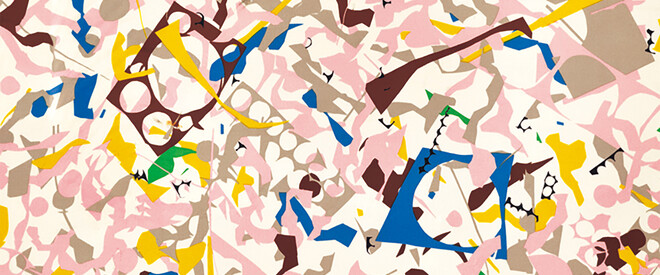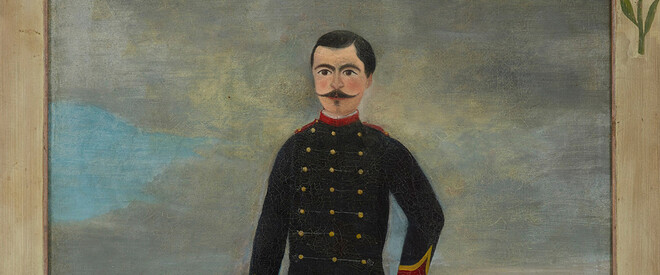Kineo Kuwabara left an indelible imprint on the history of Japanese photography. As an amateur photographer before the war, Kuwabara walked and photographed the streets of Tokyo's old downtown, where he'd been born and raised. After the war, he was active in the photography world as editor of Camera, Sankei Camera, Photography Criticism, and other magazines. From the mid-1960s on, he once again threw himself into photographing; his prewar works drew renewed appreciation, and in 1973, the year he turned 60, he had his first solo exhibit. Shows and publications of both his new and his old work thereupon followed one after another, including Tokyo in the 11th Year of Showa and Tokyo Days, and he came into the spotlight as a photographer.
His photos were what might be called memos or sketches of the everyday, or what he himself described as indelible glimpses, intensely personal." Suffusing them is the air of the changing times and streets. From the mid-1930s "2-26" coup attempt by the radical right, to the frothy years of the early '90s bubble economy, Kuwabara's photographs convey the changing face of Tokyo. At the same time, they celebrate the improbable freshness of persistent images, and continue to be powerfully enticing to viewers today.
The Setagaya Art Museum has collected numerous Kuwabara works ever since the opening of its 1993 exhibition Love You Tokyo: The Photographs of Kineo Kuwabara and Nobuyoshi Araki. The present retrospective exhibition introduces about 200 monochrome and color prints from that rich collection. In order to capture the full span of his 60 years of work, the show also spotlights other valuable materials: Kuwabara's photographs from his stay in Paris, which spurred him to look at Tokyo with new eyes; the photographs he took in Manchuria during the war (held by other institutions and by his heirs); and the scrapbooks he made of his contact prints. This is the first exhibit to include the full range of his work, including that from Manchuria and Paris, while keeping the focus on Tokyo.
His photos were what might be called memos or sketches of the everyday, or what he himself described as indelible glimpses, intensely personal." Suffusing them is the air of the changing times and streets. From the mid-1930s "2-26" coup attempt by the radical right, to the frothy years of the early '90s bubble economy, Kuwabara's photographs convey the changing face of Tokyo. At the same time, they celebrate the improbable freshness of persistent images, and continue to be powerfully enticing to viewers today.
The Setagaya Art Museum has collected numerous Kuwabara works ever since the opening of its 1993 exhibition Love You Tokyo: The Photographs of Kineo Kuwabara and Nobuyoshi Araki. The present retrospective exhibition introduces about 200 monochrome and color prints from that rich collection. In order to capture the full span of his 60 years of work, the show also spotlights other valuable materials: Kuwabara's photographs from his stay in Paris, which spurred him to look at Tokyo with new eyes; the photographs he took in Manchuria during the war (held by other institutions and by his heirs); and the scrapbooks he made of his contact prints. This is the first exhibit to include the full range of his work, including that from Manchuria and Paris, while keeping the focus on Tokyo.

